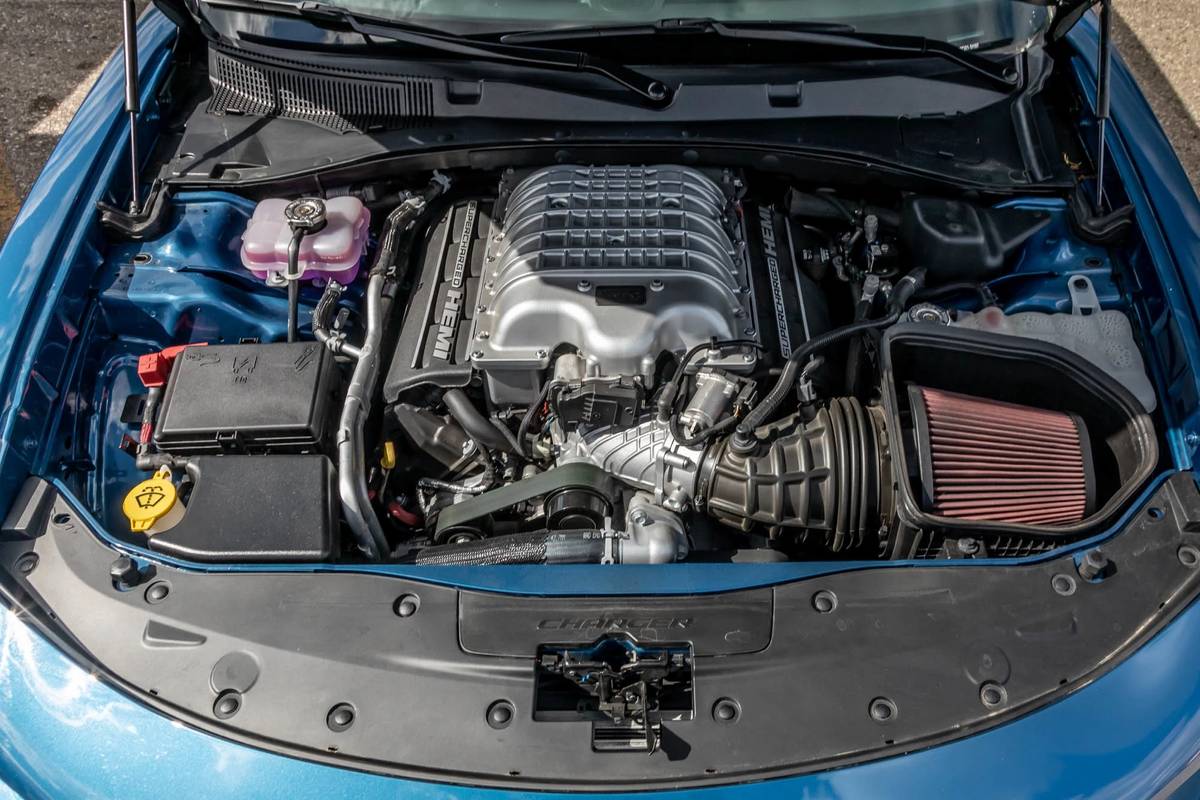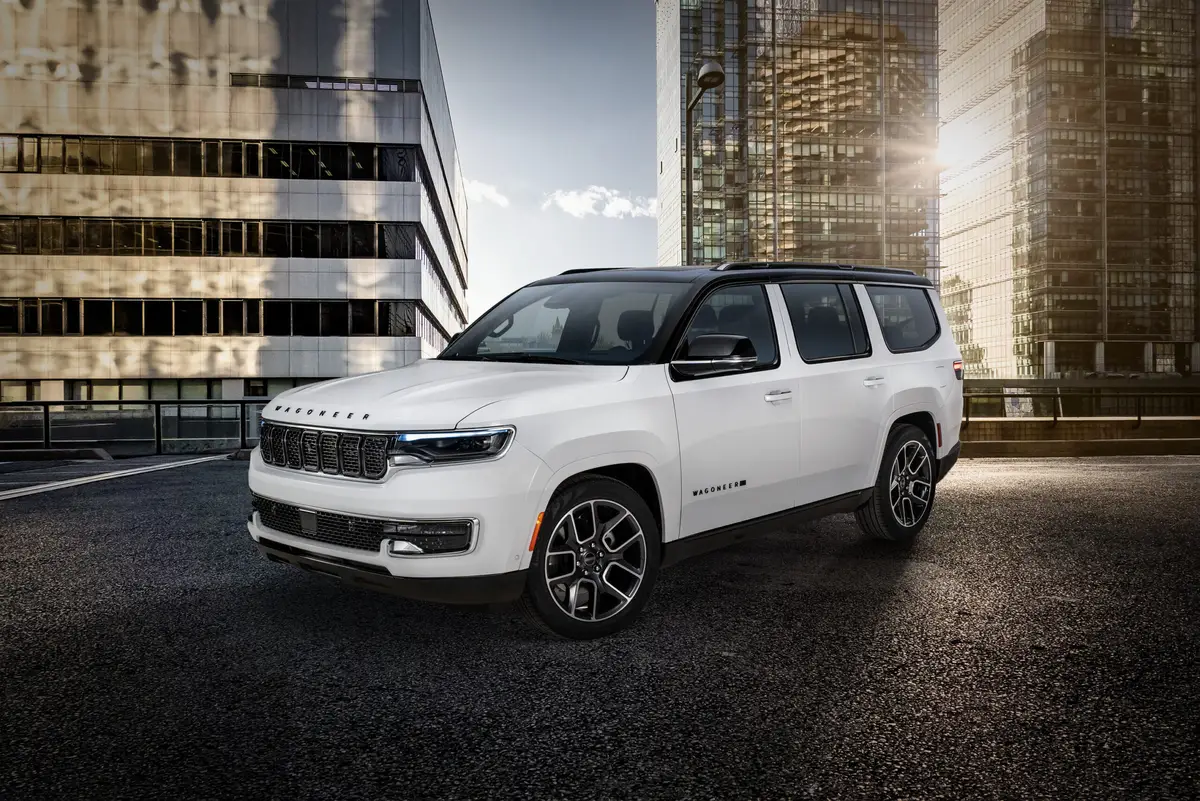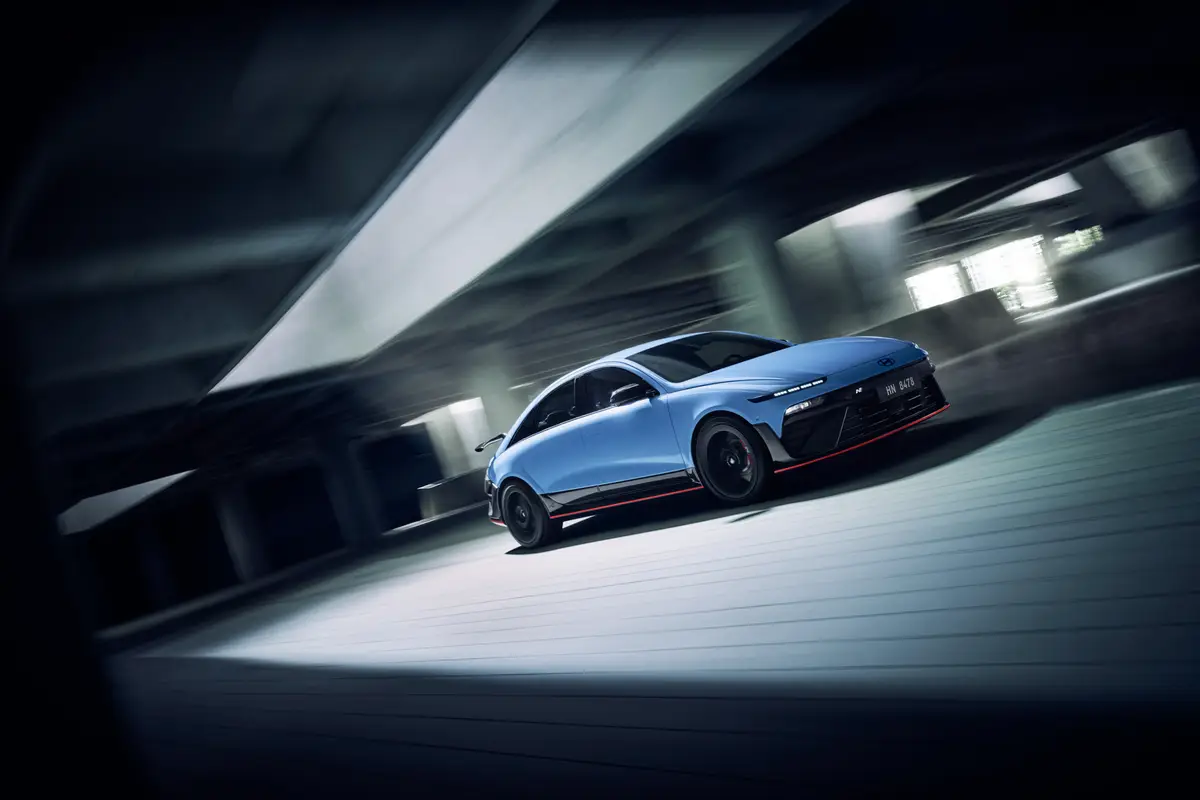IndyStar.com's view
There isn’t too much argument that Tiburon is a catchy name for a catchy car.
It takes in all the aspects of Hyundai’s Tiburon show car. Unlike many custom-crafted exposition cars, though, the Tiburon really is the basis for an all-new sports coupe that will arrive at Indianapolis Hyundai dealers in the fall.
By anyone’s assessment, it’s a striking sports coupe that embraces current aerodynamic style and advanced technology.
The exterior styling exhibits a windswept and rounded appearance, yet incorporates carved horizontal lines that give the car a lean profile.
Fortunately, the car has sufficient size — at 170.9 inches in overall length — for the stylists to complete a flowing look without having to chop off any of the rear portions of the body.
Side panels are sculpted and integrated smoothly into low, rising side glass and a steeply raked windshield. Strongly arched wheel openings and shouldered fenders accentuate a sports stance.
The front view features a low, contoured hood with bowed lines that blend into the arched fenders. Front headlamps are divided into two sections, incorporating a high-output projector type headlamp and a separate beam-aiming mechanism for greater projection accuracy.
An integrated air dam is incorporated to improve both the coupe’s aerodynamics and engine cooling. Fog lamps also are incorporated for additional visibility in adverse weather conditions.
At the rear, the deck spoiler holds an integrated brake light. Extra-large tail lights feature a unique ellipsoid shape and are tilted downward.
The sports appearance is also accentuated by oversized, light alloy chrome 16-inch wheels and Michelin high-performance tires. The whole package stands on 97.4 inches of wheelbase.
The Tiburon is a 2-plus-2 sports coupe, meaning that it seats four. Hyundai claims that the 2-plus-2 configuration does not compromise driver and passenger comfort. However, it has been my experience that, with 2- plus-2 seating, there is far more room up front than in the back.
Inside, the coupe is an upscale automobile, with two-tone gray leather seats. The layout of the driver’s cockpit must be considered state-of-the-art, but it’s done with an eye toward maximizing driver control.
All instrumentation is centered within three large, round dials on the instrument panel. The speedometer and tachometer are contained within their own separate dials, with the speedometer directly in front, and the tach to the left. The right dial contains dual fuel and temperature gauges.
The rest of the cockpit layout is fairly basic, but highly styled. Driver and passenger seats are separated by a center console, which holds the emergency brake and shift lever for a four-speed automatic transmission. Air vents, climate controls and the stereo panel are in the upright section of the console.
It’s the sort of a cockpit in which you can slide into and feel right at home. There are no trick controls.
The engine is a 2.0-liter (121-cubic-i nch) four cylinder, so it is only fitting that the motor be multi-valve with two overhead camshafts and four valves per cylinder. In view of the fact the engine is a four, no other design really would be quite fitting for this type of vehicle.
Hyundai already has a 16-valve four in its Sonata sedan that is rated at 137-horsepower. For a sports coupe, more power seemed to be in order, so the Tiburon picks up about 13 more horses.
That much power for a lightweight automobile means that some relatively sophisticated suspension is needed to keep all four tires on the ground. The Tiburon achieves it via the established four-wheel independent suspension system.
Hyundai has not announced the name of its 1997 sports coupe. It may not bear the “Tiburon” name, but from a marketing standpoint I’d say it’s not too bad.
Latest news



